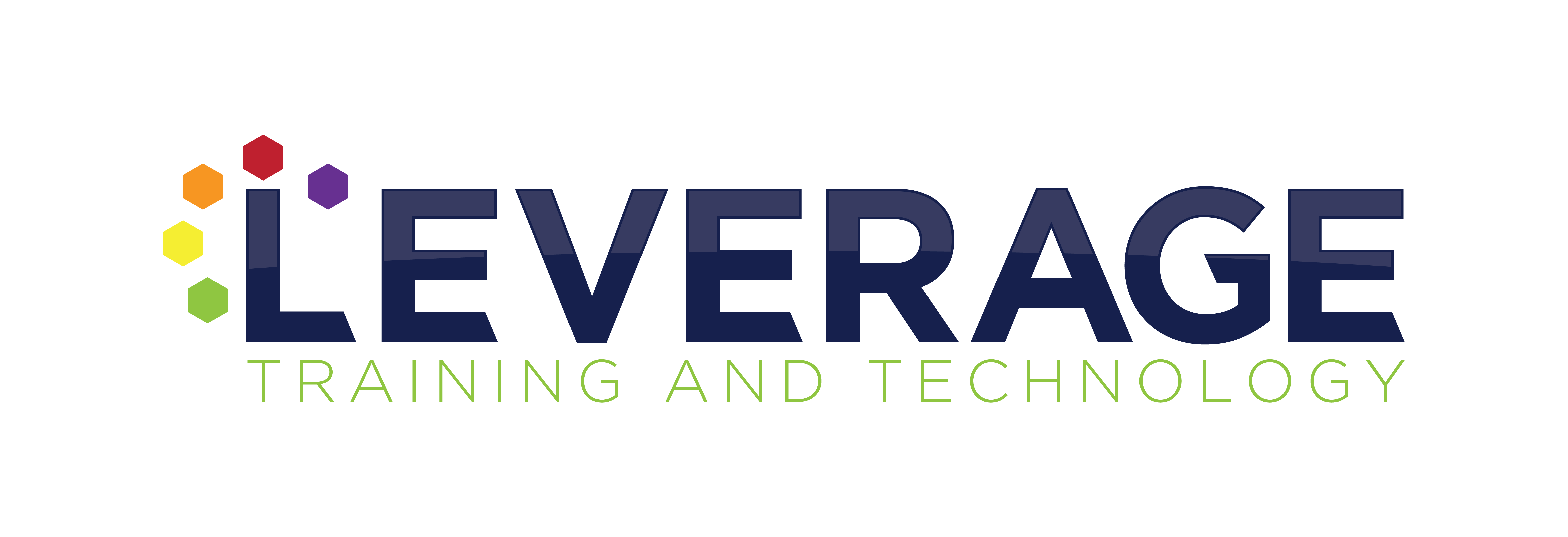The learning landscape, much like the modern workplace, is in constant flux. As we navigate the complexities of hybrid work models and the evolving expectations of our workforce, one thing remains clear: effective learning and development is paramount. To truly impact behavior and drive organizational success, we must move beyond traditional approaches and embrace strategies that resonate with today’s learners.
The landscape of training and development is perpetually evolving to accommodate organizational requirements and employee needs coupled with the rapid changes in AI advancement and technology. There are no one-size fits all approach to develop relevant, engaging and adaptable learning experiences for today’s learners.
This trend underscores a powerful opportunity for L&D teams to innovate and create learning journeys that truly connect with individuals, teams, and the overarching organizational goals. Here are eight practical strategies you can implement today to motivate your learners and foster lasting behavior change:
- Personalize the Learning Experience: Make it About Them
Gone are the days of one-size-fits-all training. Modern learners expect and respond best to content that speaks directly to their roles, responsibilities, and daily challenges. Imagine a sales training module that uses scenarios specific to your team’s key accounts, or a compliance course that illustrates ethical dilemmas within the context of your industry. This level of personalization, whether it’s tailored content, relevant scenarios, or assessments that mirror their actual work, demonstrates immediate value and significantly boosts engagement. Furthermore, remember the power of emotion. Learning that connects on an emotional level is far more memorable and impactful in driving behavioral shifts.
Key Takeaway: Adult learners are driven by the need to apply knowledge to real-world situations. By crafting scenarios and content directly relevant to their work, you empower them to see the immediate value of training, fostering deeper retention and a greater likelihood of behavioral change.
- Optimize Resources and Expand Reach with eLearning:
In today’s fiscally conscious environment, L&D leaders are challenged to maximize impact with limited resources. eLearning offers a powerful solution, providing greater affordability, efficiency, and unmatched flexibility compared to traditional instructor-led training. Whether it’s onboarding new hires who missed initial sessions or reaching a geographically dispersed workforce, eLearning provides a cost-effective and convenient way to deliver crucial information. It also allows employees to learn at their own pace, at a time and place where they are most receptive, contributing to a more positive and effective learning experience.
Key Takeaway: Embrace eLearning to reduce training costs, save valuable employee time, and offer the flexibility that modern learners demand. This not only enhances accessibility but also contributes to a more positive and engaging employee experience.
- Empower On-the-Go Learning with Mobile Optimization:
For a significant portion of today’s workforce, particularly Gen Z and Millennials, mobile learning isn’t just a preference – it’s an expectation. The ability to access training on demand, across various devices like laptops, tablets, smartphones, and even smartwatches, puts learners in control of their development. This flexibility allows them to integrate learning seamlessly into their busy schedules, boosting engagement and knowledge retention.
Key Takeaway: Prioritize designing mobile-optimized training that delivers a seamless experience across all devices. This caters to the preferences of a significant portion of your workforce and increases accessibility, ultimately driving higher engagement and better learning outcomes.
- Deliver Targeted Knowledge Bites with Microlearning:
In an era of shrinking attention spans, microlearning has emerged as a powerful tool. Short, focused learning modules, typically ranging from 10 to 15 minutes, cater to the modern learner’s need for concise, easily digestible information. By delivering targeted content precisely when and where it’s needed, and at regular intervals, you can reinforce learning without overwhelming employees, leading to better knowledge retention and application.
Key Takeaway: Embrace the power of short, targeted microlearning modules delivered consistently throughout the year. This approach respects learners’ time, enhances engagement, and facilitates continuous learning and reinforcement without cognitive overload.
- Leverage Data to Pinpoint Knowledge Gaps:
Modern Learning Management Systems (LMS) offer invaluable data and analytics capabilities. By utilizing features like question-level reporting (QLR), you gain granular insights into how well learners are engaging with and understanding specific concepts. Identifying these knowledge gaps allows for targeted follow-up training and interventions, ensuring that your learning initiatives are truly addressing areas of need and maximizing their impact. This data-driven approach provides a far more meaningful measure of training effectiveness than simple completion rates.
Key Takeaway: Utilize the power of data analytics within your LMS to identify specific areas where learners are struggling. This enables you to tailor follow-up training and measure the true impact of your learning initiatives, leading to more effective and targeted development.
- Keep Content Fresh and Relevant: Avoid the “Rerun”:
In a rapidly evolving workplace, stale, outdated training content is a recipe for disengagement. Learners will quickly tune out if they are presented with the same information year after year. Regularly updating your training content, both from a content and design perspective, is crucial for maintaining learner interest and driving behavior change. This also provides an opportunity to incorporate new organizational initiatives, address evolving industry trends, and reflect changes in laws and regulations.
Key Takeaway: Regularly refresh your training content and design to prevent learner fatigue and ensure relevance. This demonstrates a commitment to providing valuable and up-to-date learning experiences that reflect the current workplace and drive greater effectiveness.
- Cultivate a Culture of Intentional Learning:
While technology provides powerful tools, it’s the strategic leadership of L&D professionals that truly drives a culture of learning. Lead with intention by clearly defining the objectives of each training experience and the specific behaviors you aim to cultivate or reinforce. Ensure that your learning programs align with the overarching organizational goals and have the visible support of leadership. By fostering an environment where learning is valued and seen as a key driver of success, you empower employees to thrive both professionally and personally.
Key Takeaway: As L&D leaders, it’s our responsibility to strategically leverage technology to connect with employees and provide them with the knowledge and practical skills they need to succeed. By leading with intention and aligning learning with organizational goals, we can cultivate a culture that values continuous development and drives positive behavior change.
- Incorporate Generative AI in the Workplace:
The rapid emergence of user-friendly generative AI systems like ChatGPT has propelled artificial intelligence from a behind-the-scenes analytical tool within the business world, including Learning Experience Platforms (LXPs), into a mainstream technology. This shift necessitates that the training and development industry proactively assesses the potential impact of these powerful tools on the workplace.
The productivity enhancements already observed through AI-augmented employee capabilities signal significant upcoming changes. Generative AI is poised to reshape how we work and the skills that organizations will require from their workforce. The increasing accessibility of AI-powered tools like Microsoft’s CoPilot will likely accelerate work processes and redefine the importance of certain skills.
Key Takeaway: Generative AI’s leap into mainstream use signifies a critical juncture for L&D, moving it from a background tool to a key factor in workforce development. This technological shift is already enhancing productivity and will necessitate a re-evaluation of essential skills, fostering new roles while potentially lessening the importance of some traditional software expertise. Consequently, L&D professionals must strategically prepare their workforce for an AI-driven future.
By embracing these eight strategies, HR Managers, L&D Leaders, and Training Specialists can effectively engage the modern learner, drive meaningful behavior change, and ultimately contribute to the overall success and growth of their organizations. Ultimately, businesses that invest in forward-thinking L&D initiatives will be better positioned for success in an increasingly dynamic and complex business environment.

